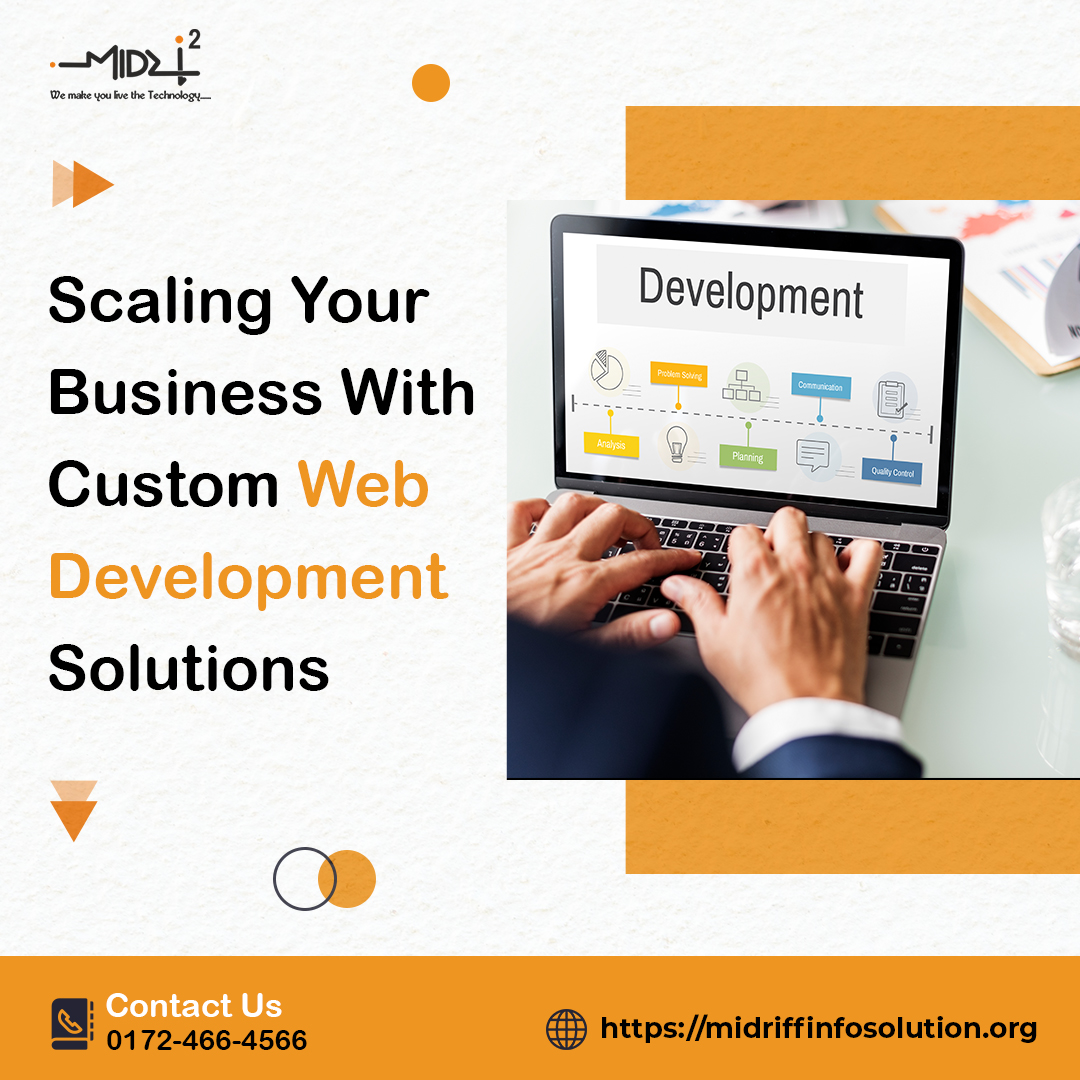In today’s digital age, establishing a successful e-commerce store requires more than a great product or service.
With increasing competition, it’s crucial to have a well-executed development strategy that maximizes your online visibility, user experience, and conversions.
In this article, we will explore five key strategies to help you create a thriving e-commerce store that stands out.
Comprehensive Market Research
Before diving into e-commerce store development, conducting thorough market research is essential.
Identify your target audience, and understand their needs, preferences, and purchase behavior. Analyze your competitors, study their strategies, and identify gaps you can leverage.
By understanding your market and audience, you can tailor your store’s design and content to appeal to your potential customers.
User-Friendly Website Design and Navigation
One of the crucial aspects of successful e-commerce store development is designing a user-friendly website. It is believed that, in today’s scenario, Shopify is an Amazing Platform for E-commerce Development. This will look your website visually appealing, intuitive, and easy to navigate.
Use clear and concise headings, subheadings, and labels to guide visitors to their desired products or information.
Ensure fast loading times, mobile responsiveness, and seamless cross-browser compatibility to provide an optimal browsing experience across different devices.
Optimized Product Pages and Descriptions
To drive organic traffic and improve search engine rankings, optimizing your product pages and descriptions is vital.
Conduct keyword research to identify relevant and high-performing keywords related to your products.
Incorporate these keywords into your product titles, descriptions, and meta tags. Craft compelling and unique product descriptions that highlight each item’s features, benefits, and value proposition. Include high-quality product images and videos to enhance the visual appeal.
Seamless Payment and Checkout Process
A complicated and time-consuming checkout process can lead to cart abandonment, negatively impacting sales.
Streamline your payment and checkout process by offering multiple payment options, including popular gateways and digital wallets. Implement a one-page or a minimal-step checkout process that requires minimal information from the user.
Ensure your website is secure and provides clear instructions throughout the payment and checkout journey.
Continuous Testing and Optimization:
E-commerce Website development is an ongoing process that requires continuous testing and optimization.
Regularly monitor your website’s performance using analytics tools to gain insights into user behavior, conversion rates, and other key metrics.
A/B tests website elements like headlines, images, call-to-action buttons, and pricing to identify what resonates best with your audience. Continuously refine and improve your website based on the data collected to maximize conversions and customer satisfaction.
Conclusion
Developing a successful e-commerce store requires a well-thought-out strategy that combines comprehensive market research, user-friendly website design, optimized product pages, seamless payment, and checkout process, and continuous testing and optimization.
By implementing these key strategies, you can enhance your online visibility, attract more customers, and achieve long-term success in the highly competitive e-commerce landscape.
Stay updated with the latest trends and technological advancements in e-commerce will help you stay ahead of the curve and adapt your strategies accordingly.
By consistently evaluating and improving your e-commerce store, you can create a memorable shopping experience that keeps customers returning for more.





